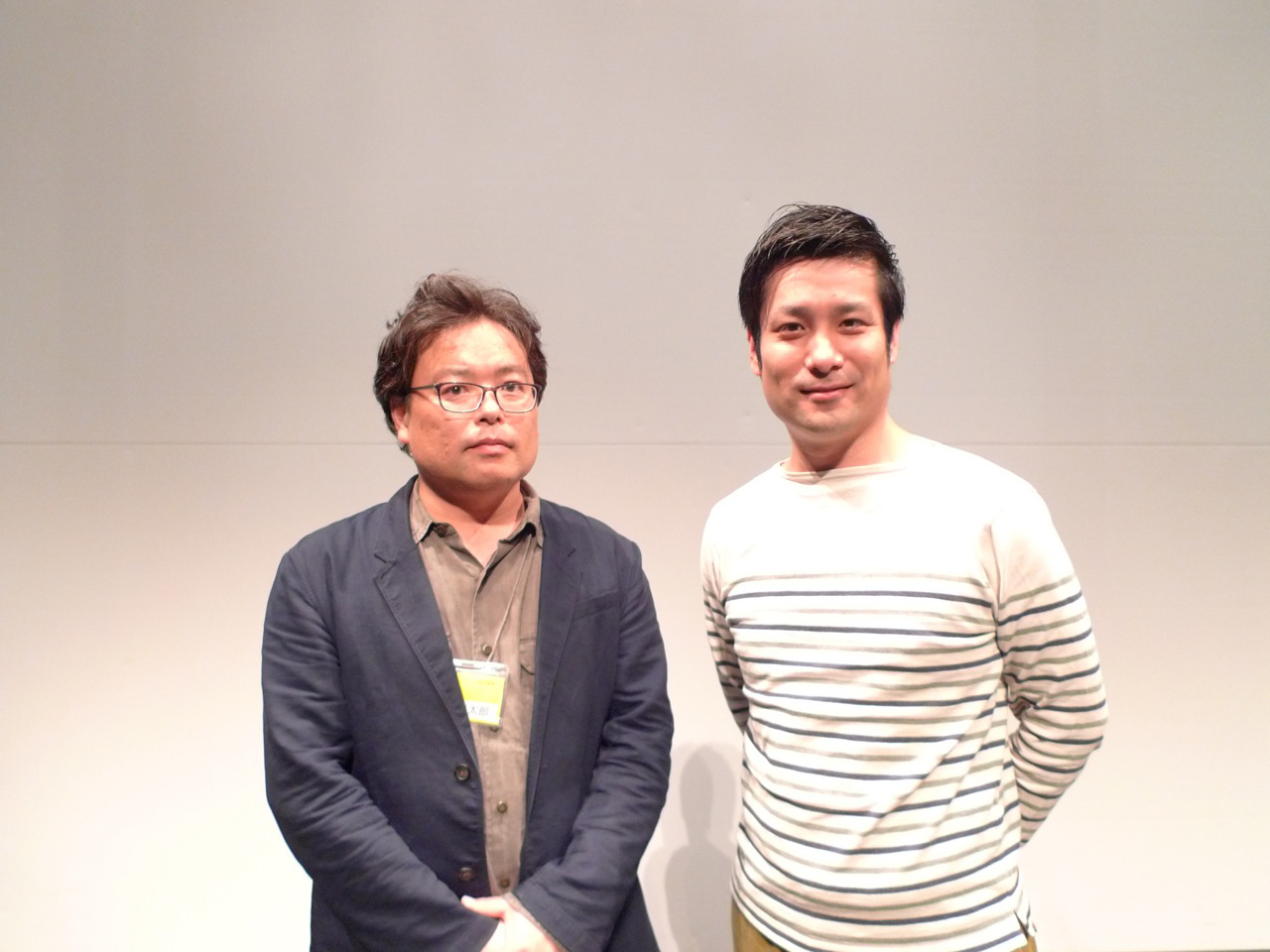In 2011, the devastation of the Great East Japan Earthquake and tsunami forced Japanese architects to rethink their understanding of architecture at a fundamental level — to consider closely society's systems and the affect buildings had on not only the life of, but also the psyche of the people.
What role should architects play from now on? From what perspective should they envision the future? These were questions that inevitably brought into scope more focus on energy and environment.
"Architecture since 3.11" at the 21st Century Museum of Contemporary Art, Kanazawa, explores Japanese architectural trends that evolved after March 2011, introducing the endeavors of 25 architectural offices who continue to challenge and review the architect's role. It includes an easy-to-assemble set of refugee-shelter partition curtains by Shigeru Ban; an emergency evacuation map designed by citizens in collaboration with volunteers from architectural design company Nikken Sekkei; and images of the Realtokyoestate, an estate agents that bridges the gap between architectural practice and property. Architectural historian Taro Igarashi and community designer Ryo Yamazaki, the exhibition's two curators, explain the background to this unconventional architectural show.

















With your current subscription plan you can comment on stories. However, before writing your first comment, please create a display name in the Profile section of your subscriber account page.